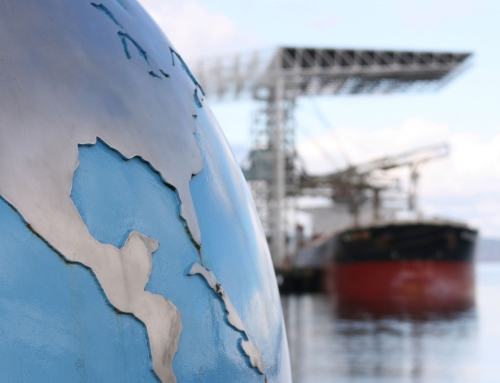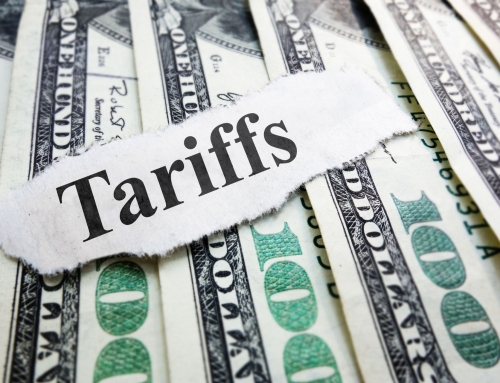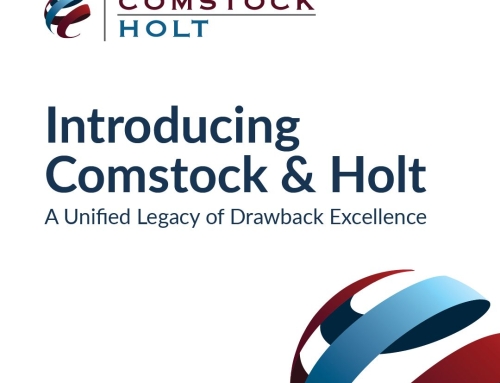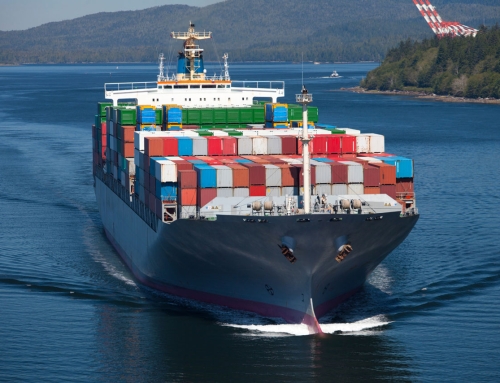As many of you know, the drawback community has been celebrating the passing of the Trade Facilitation and Trade Enforcement Act of 2015 (TFTEA), which was signed into law on February 24, 2016 by President Obama. This new legislation will simplify drawback and open up some new and exciting possibilities for the expansion of your drawback program when it goes into effect in 2018.
Every bill that passes Congress eventually does so as a conglomerate of many provisions. While many of the provisions that make up the TFTEA have no direct impact on the duty drawback program, there is one provision in particular that all drawback claimants need to be aware of. This provision changes the regulations and allows the duty-free return of previously exported non-U.S. goods under heading 9801. These regulations became effective April 25, 2016 and pose a potential conflict for filers of duty drawback.
As Drawback Specialists, we have always been concerned about the possible return of U.S. made articles exported and claimed for manufacturing drawback. This is because duty free returns are allowed for American made goods returned (AGRs) under Chapter 9801 when the exported merchandise is a product of the U.S. and returned without having been advanced in value while abroad. When merchandise is being returned under AGR, the U.S. manufacturer must complete a manufacturer’s affidavit on CBP Form 3311. A key question on this form is whether or not drawback was claimed upon export. If so, duty free re-entry is not possible. Instead, the amount originally claimed for drawback must be tendered as duty with a properly completed CBP Form 3311.
Under Section 904 of H.R. 644 – the TFTEA Act of 2015, 9801.00.10 of the Harmonized Tariff Schedule of the United States is amended by inserting after “exported” the following: “, or any other products when returned within 3 years after having been exported.” As a result, 9801.00.10 now reads, “Products of the United States when returned after having been exported, or any other products when returned within 3 years after having been exported, without having been advanced in value or improved in condition by any process of manufacture or other means while abroad.” This change, while seemingly simple, can have a huge impact on certain drawback programs. Duty free re-entry into the U.S. is now allowed for non-U.S. product. Since the returned merchandise is no longer required to have been made in the U.S., unused merchandise and rejected merchandise claimants, as well as manufacturing claimants, now have to focus on their potential returns.
If you are filing for manufacturing drawback, you’ve probably already thought about this and have some mechanism in place to avoid such a conflict. It might be as simple as having a corporate policy against filing for Chapter 98 duty free re-entry or it may be more complex, requiring coordination between your import brokers, you, and your drawback specialist.
It is now essential to visit this topic again and create a returned goods policy even if you only file unused or rejected merchandise drawback. In fact, filers under these provisions have to be aware of not only goods being returned, but when the goods were originally exported. Returns for non-U.S. goods are only eligible for duty free treatment under Chapter 9801 if they are returned within three years.
Every drawback claimant must now be aware of how they will handle returns. However, you need not create this procedure alone. Please call us once you have had the opportunity to evaluate whether or not you have returns and how they are currently being handled. We’ll work with you to create a policy and help you to implement it and be successful in staying compliant with the current laws and regulations.






